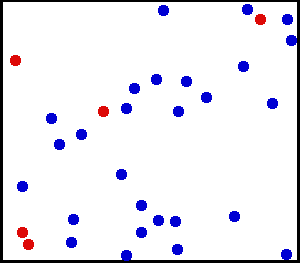“Millions saw the apple fall, but Newton was the one who asked why.” -Bernard Baruch
Take a common, macroscopic object -- like an apple -- and imagine what's going on inside at the level of individual particles. At a small, fundamental scale, they're just bouncing off of one another, rapidly in motion due to the nature of kinetic theory. Each particle has a certain amount of energy, collides with other particles, and on average moves at a specific speed.
If you aligned all these motions -- somehow -- how fast could you get your apple to go? And is the answer you get from doing this at all reasonable, if we could make this ideal situation a reality?
 Image credit: imgflip, https://imgflip.com/gif/n5bxw, taken from this YouTube video: https://www.youtube.com/watch?v=EYP2WZ2EeEk.
Image credit: imgflip, https://imgflip.com/gif/n5bxw, taken from this YouTube video: https://www.youtube.com/watch?v=EYP2WZ2EeEk.
More like this
Scott Adams is the creator of Dilbert, the once funny but now highly repetitive cartoon about a nerd who has a job in an office.
https://twitter.com/Peoples_Climate/status/858366705105547265
https://twitter.com/PeterGleick/status/858380761786978304
I don't use clickbait titles very often, but this was one, because I want to talk to people who think that nine out of ten things that the collective known as Donald Trump, his white house staff, and the Republicans in Congress do is a distraction from ... whatever.
Lents again; here's a link to 2016 if you want to re-live the past. It was a great week, full of thrills and excitement.

